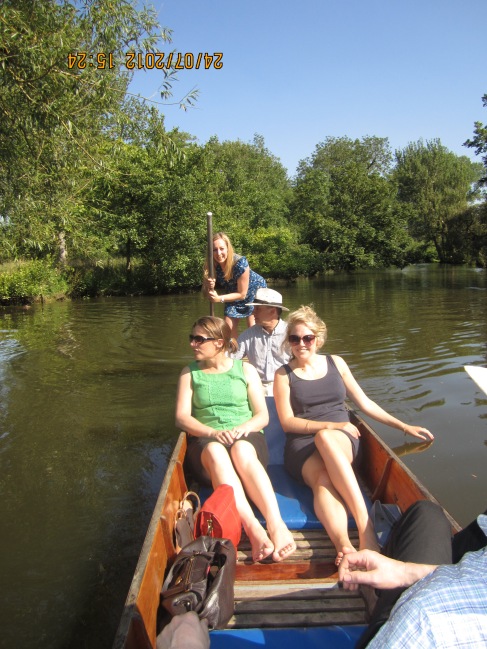Tomorrow, around 250 new writers will be turning up at Foyles Bookshop on Charing Cross Road to pitch their idea to agents from Curtis Brown and hear feedback on their first pages. I know for probably 248 people this is a terrifying prospect.
Talking about your ideas and your writing can be deeply personal, and knowing you have a limited amount of time and the ear of an industry professional is bound to be daunting. But it’s worth remembering that the stakes are not as high as you might fear – it will be an audience of just one and it’s unlikely to be the only chance you’ll have for an agent to read your material, so it should be seen as a trial run rather than a one-off opportunity. No one is expecting stand up comedy acts or X-Factor performances, (in fact, we might find that a bit alarming). Rather, we’re aiming to have just a brief, informal chat which we hope will be useful. Sharing your work puts you in a vulnerable position but if you’re a writer who wants to be read, then at some point you’ll need to take the plunge and where better to start than on a day devoted to discovering new talent?
For writers, there can’t be more sympathetic crowd than a bunch of agents. After all, we know how writers feel and hear their concerns on a daily basis. We’re familiar with the crippling anxiety that kicks in after pressing the send button and delivering a manuscript, and the torturous time spent awaiting a response. We’ve seen even the most experienced writers tackle nerves and beat back butterflies before speaking in public so we know that what we’re inviting new writers to do tomorrow won’t be easy. However we genuinely want to help – to give honest and realistic feedback and positive advice to new writers at the beginning of their journey.
Pitching face to face to an agent is unlikely to be the starting point for most new authors, but it is a useful exercise and whenever I talk to groups I always harp on about the importance of the covering letter, which is where a new writer first interacts with an agent. A live pitch can be transferred into a covering letter and, as I’ve mentioned before, a strong idea, with the right title will really stand out if expressed in the right way. We won’t be offering anyone representation on the spot – we couldn’t, based solely on the first page – but we hope the day will provide useful tips, encouragement and practical advice.
And there’s more to Discovery Day, too. Aside from the pitching stations there will be small “surgery” groups in the Foyles Café (a draw in itself), where new writers can ask general questions about publishing. And there will be a panel event in the afternoon with author Salley Vickers and debut novelist Tim Glencross. We hope it will be an opportunity to connect new writers with industry professionals and to celebrate books, debuts and independent bookshops.
If you can’t make it on the day then join us on Twitter and follow the day via our new site which we’re super proud of! Not only do we now accept submissions online but we’ll be providing resources here for writers in our New Writing Room.
Discovery Day will just be the beginning …



